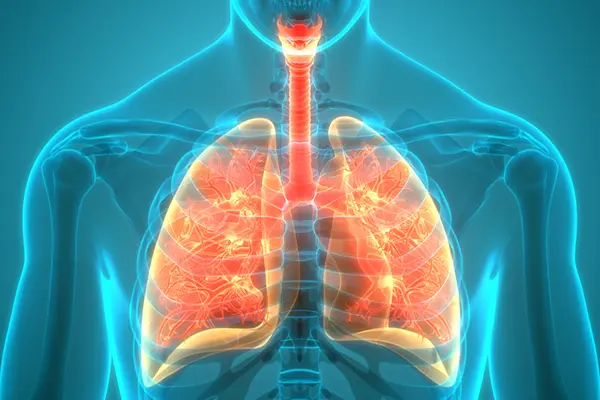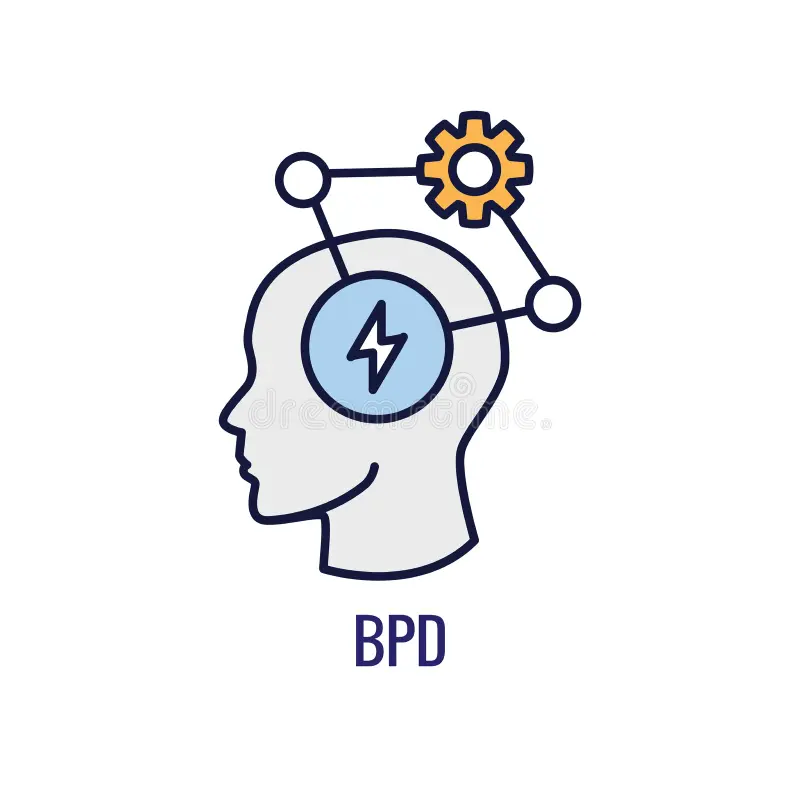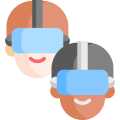- Participants learn various assessment techniques for evaluating the peripheral vascular system, including palpation of pulses, assessment of skin temperature, color, and capillary refill time. They become proficient in performing these assessments accurately and efficiently.
- The simulation exposes participants to a range of peripheral vascular abnormalities commonly encountered in clinical practice, such as diminished or absent pulses, changes in skin color or temperature, and prolonged capillary refill time. Participants learn to recognize these abnormalities and understand their implications for vascular health.
- Participants gain insights into the signs and symptoms associated with peripheral vascular disorders, including peripheral artery disease (PAD), venous insufficiency, deep vein thrombosis (DVT), and peripheral neuropathy. They learn to differentiate between arterial and venous disorders based on clinical presentation and assessment findings.
- The simulation emphasizes the importance of assessing risk factors for peripheral vascular disease, such as smoking, diabetes, hypertension, hyperlipidemia, obesity, and sedentary lifestyle. Participants learn to identify modifiable risk factors and develop strategies for vascular risk reduction and prevention.
- Participants gain an understanding of diagnostic considerations in the assessment of peripheral vascular disorders, including the use of diagnostic tests such as ankle-brachial index (ABI) measurement, Doppler ultrasound, and venous duplex imaging. They learn to interpret test results and use them to guide further evaluation and management.
imaginX is used by many amazing schools and universities
University / College

























